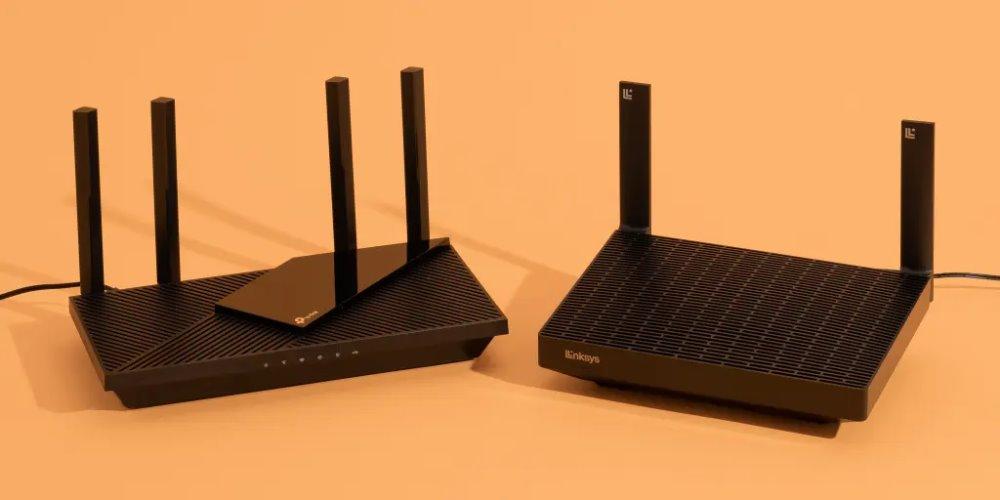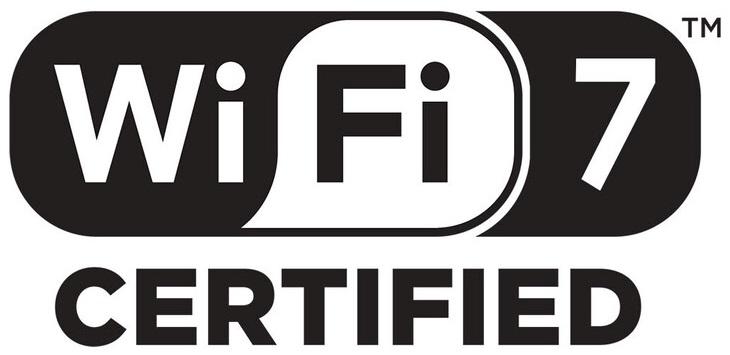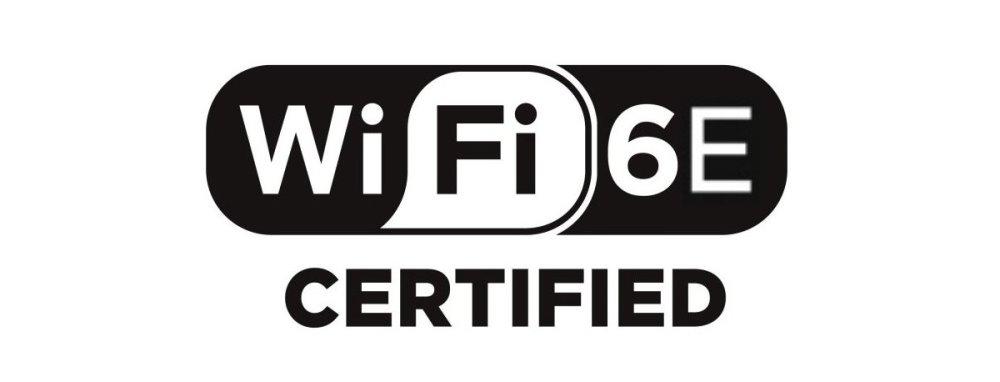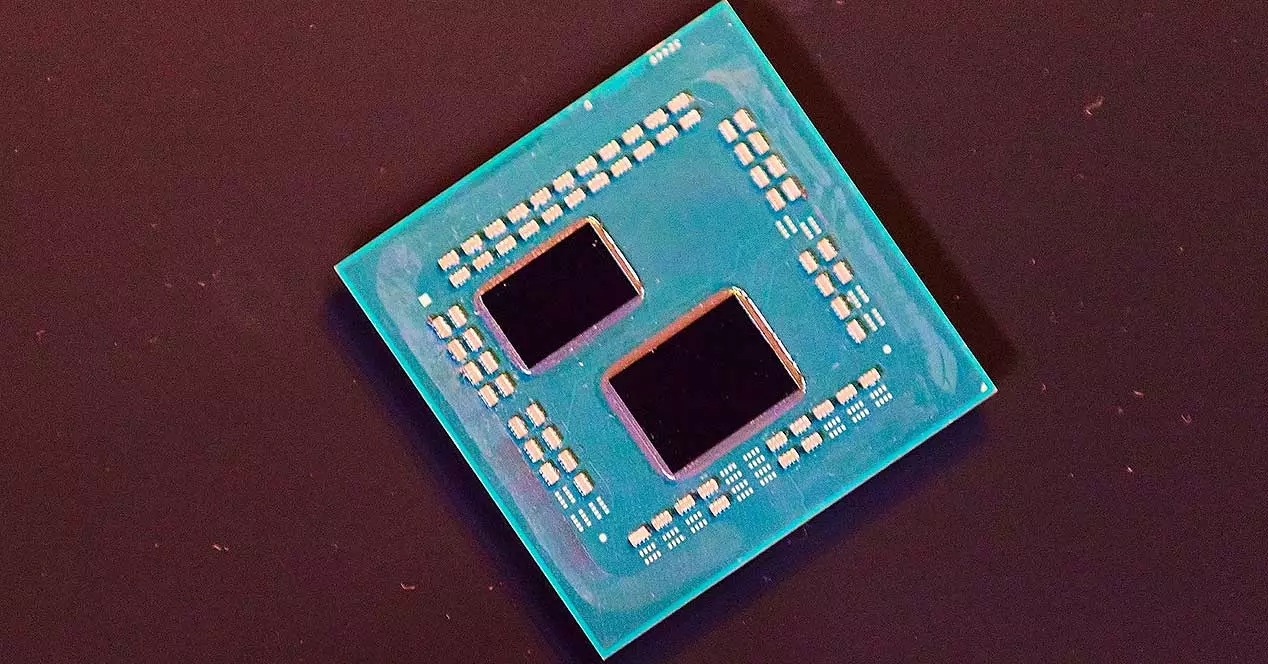
While WiFi technology is a modern solution, it has an interesting origin. The origin of this technology is in a system of wireless network created by ALOHA Systems for connect the hawaii island in 1971.
The Federal Communications Commission (FCC) of the United States in 1985 I present one general purpose network with bandwidths of 900 MHz, 2.4 GHz and 5.8 GHz. Later, these frequency bands were called ISM bands. Matches the development of the network IBM Token Ring LANwhich allows you to connect computers for data transfer.
In 1988, the first wireless ATM system based on IBM technology was developed, which ended up being called waveLAN. Later, in 1989, it became the IEEE 802.11 LAN/MAN standard.
Vic Hayes, the so-called “Father of WiFi” created the first working group of the IEEE 801.11 standard for wireless LANs. Subsequently, the following advances in this technology were achieved:
- 1994: Dr. Alex Hills presents a project on wireless networks in which he provides wireless connection to a total of 7 buildings
- 1996: The Commonwealth Scientific and Industrial Research Organization introduced a wireless network based on the IEEE 802.11 protocol
- 1997: The first official and commercial version of WiFi technology is launched with a maximum speed of 2 Mb/s
- 1999: Speed increases to 11 Mb/s on the frequency of 2.4 GHz (IEEE 802.11b). A month later, a speed of 54 MB/s is achieved for the 5 GHz band
- 2003: A speed of 108 Mb/s is achieved for the 2.4 GHz band (IEEE 802.11g)
- 2009: First time 2.4 GHz and 5 GHz frequencies were combined simultaneously with speeds up to 600 Mb/s (IEEE 802.11n)
- 2014: The speed of 6933 MB/s is reached for the 5 GHz band (IEEE 802.11ac)
- 2019: They manage to raise the speed to 9608 Mb/s (802.11ax). Note that there are two trade names in this case. WiFi 6 supports only the 2.4 GHz and 5 GHz bands and WiFi 6E adds the 6 GHz band for the first time
- 2022: Announced the WiFi 7 (802.11be) standard that raises the speed to 46,120 Mb/s and combines the 2.4 GHz, 5 GHz and 6 GHz bands, for the first time, in a single standard.
IEEE 802.11 standard
For uniform use of technology, it is normal to create a certified and regulated standard. This allows any manufacturer to develop solutions that can work without problems. Above all, this is important in communication networks, since otherwise it could be chaos.
Who is in charge of control and manage these standards in it Institute of Electrical and Electronics Engineers (IEEE) from United States.
We have the set of IEEE 802 standards is based on these three fundamental pillars:
- standards local area network (LAN) technicians
- set of media access protocols (MAC)
- Physical layer (PHY) to implement the wireless local area (WLAN) computing communication
As WiFi technology is based on this technology, it is classified within the IEEE 802 standard. At a technical level it is called IEEE 802.11 and letters are added to distinguish the versions.
Because this name is difficult to remember, the WiFi Alliance from 2008 began to establish the trade name “WiFi 4” for the IEEE 802.11n standard. It was not until 2014, with WiFi 5, when this denomination began to be more common.
What are the current WiFi standards
The number of devices that offer support for this communication protocol has grown a lot. The arrival of smartphones or tablets, for example, has caused it to have to be adapted to support a large number of simultaneously connected devices. Gaming has also caused the standard to be updated to offer the best performance to the user.
We will see what differences there are between each of these versions thinking about the needs that are detected by the WiFi Alliance.

Wi-Fi 7
Presents in March 2021 draft of the 802.11be standard which establishes the different aspects of this technology. Between November and December 2022, the first WiFi 7 devices are presented, which will begin to be marketed in 2023. It is estimated that by 2024 there should be a standardization of this new standard.
We must bear in mind that currently (March 2023) the 802.11be standard is not a definitive standard, it is in the draft phase. This means that there are candidate technologies that will be in the final standard and other candidates that may or may not be added.
Candidate Features
These appear in the Project Authorization Request are:
- 320 MHz bandwidth and more efficient use of non-contiguous spectrum
- Aggregation and multi-band/multi-channel operation
- 16 spatial streams and improvements in protocols Multiple Input Multiple Output (MIMO)
- Coordination of multiple access points (AP)
- Enhanced Link Adaptation and Retransmission Protocol
- If necessary, adaptation to the regulatory standards specific to the 6 GHz spectrum
- Integration of IEEE 802.1Q Extensions of Time Sensitive Networks (TSN) for low latency real-time traffic
Wi-Fi 6
The standard IEEE 802.11ax is adopted in 2019, adding features focused on efficiency. It focuses on performance optimization in areas where there is a high density of devices, such as shopping malls. This is possible to spectrum enhancement, adding orthogonal frequency division multiple access (OFDMA)
The most important new features are:
- OFDMA: As we said, it is orthogonal frequency division multiple access. Although present in earlier versions, they allow users to channels subdivided to offer access to different users and devices. This enables you to reduce latency and improve efficiency when multiple devices are connected. Allows more efficient data transmission when the connection is not good.
- MO-MIMO: allows the transmission of Simultaneous data streams to multiple devices, when before it was done one by one. The router can now send and receive data to multiple devices at once faster, instead of queuing and going one by one.
- BSS coloring: is a special reuse technique that uses markings or “colors” to identify networks. It is used so that the access points can make decisions about whether or not the simultaneous use of the wireless medium is allowed. Reduce interference.
- Reduction of energy consumption: includes technology Target Wake Time (TWT). Until now, the devices from time to time searched for new data transmissions. Now, the router and device are allowed to negotiate expected uptimes. This allows reduce energy consumption.
Wi-Fi 6E
It really is a simple “minor” update of the IEEE 802.11ax standard. It stands out for adding commercial support for the 6 GHz frequency, which was not supported. This implementation theoretically improves the vtop speed by up to 30%.
Wi-Fi 5
The new 802.11ac standard it began to deploy in 2014 and it stands out for natively adding the 5 GHz frequency. Commercially it is called WiFi 5, but it has nothing to do with the new frequency band. It stands out for improving bandwidth, improvements in special flows and modulation.
The main features it adds are:
- Extended channel link: add the optional 160 MHz channel band and obligatorily 80 MHz for stations
- MIME
- Support for up to eight special streams
- Downlink multiurio for up to four lanes
- Multiple STAs, each with one or more antennas, transmitting or receiving independent data streams
- Special Division Multiple Access (SDMA) which are not frequency separated, but specially resolved analogously to MIMO
- MU-MIMO downlink added as a special mode
- Modulation
- 256-QAM added as a special mode
- Non-standard 1024-QAM mode can be offered, allowing 25% higher data rate, compared to 256-QAM
- Other features
- Beamforming with standardized sound and feedback for cross-vendor compatibility
- MAC modifications
- Coexistence of 20, 40, 80 and 160 MHz channels
- Four new PPDU header fields
Comparison of the different versions
| Wi-Fi 5 | Wi-Fi 6 | Wi-Fi 6E | Wi-Fi 7 | |
|---|---|---|---|---|
| bands | 2.4GHz / 5GHz | 2.4GHz / 5GHz | 2.4GHz / 5GHz / 6GHz | 2.4GHz / 5GHz / 6GHz |
| Bandwidth | 20, 40, 80, 80+80 and 160 MHz | 20, 40, 80, 80+80 and 160 MHz | 20, 40, 80, 80+80 and 160 MHz | 80, 160 (80+80), 240 (160+80) and 320 (160+160) MHz |
| MIMO channels | 8 | 8 | 8 | 16 |
| Modulation | MU-MIMO and OFDM (256-QAM) | MU-MIMO and OFDMA (1024-QAM) | MU-MIMO and OFDMA (1024-QAM) | MU-MIMO and OFDMA (4096-QAM) |
| approximate range | 35 meters (indoors) | 30 meters (indoors) and 120 meters (outdoors) | 30 meters (indoors) and 120 meters (outdoors) | 30 meters (indoors) and 120 meters (outdoors) |
| speeds | Up to 3466.8 Mb/s | Up to 9608 Mb/s | Up to 9608 Mb/s | Up to 46.1 Gb/s |
| BBS coloring | Not available | Available | Available | Available |
| Target Wake Time | Not available | Available | Available | Available |
Difference Between 2.4 GHz, 5 GHz, and 6 GHz Frequencies
You may not know it, but the frequency we connect to is very important. There are important differences in operation and performance between frequencies. We summarize them in the following table in a fairly simple way.
The 2.4 GHz band is considered to be the best for general use, browsing and the like. The 5 GHz and 6 GHz bands are more focused on gaming and large data transfers. You must bear in mind that the coverage will always be better with low frequency than with high frequency. If the waves must pass through two walls, the 2.4 GHz band will give better coverage and performance than the 5 GHz and 6 GHz bands.
| 2.4GHz | 5GHz | 6GHz | |
|---|---|---|---|
| Use | General | Focused on gaming and large data transfers | Focused on gaming and large data transfers |
| obstacles | Reduced loss in the presence of walls and the like | High loss in the presence of walls and the like | High loss in the presence of walls and the like |
| network range | Very wide | Moderate | Moderate |
| interference | Sensitive to other networks | Reduced sensitivity to other networks | Reduced sensitivity to other networks |
| Maximum speed | 3.5Gb/s | 9.6Gb/s | 46Gb/s |








